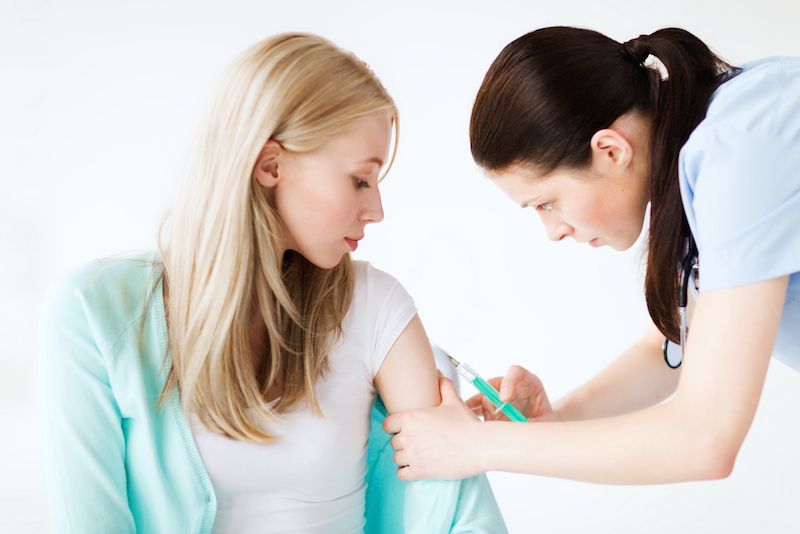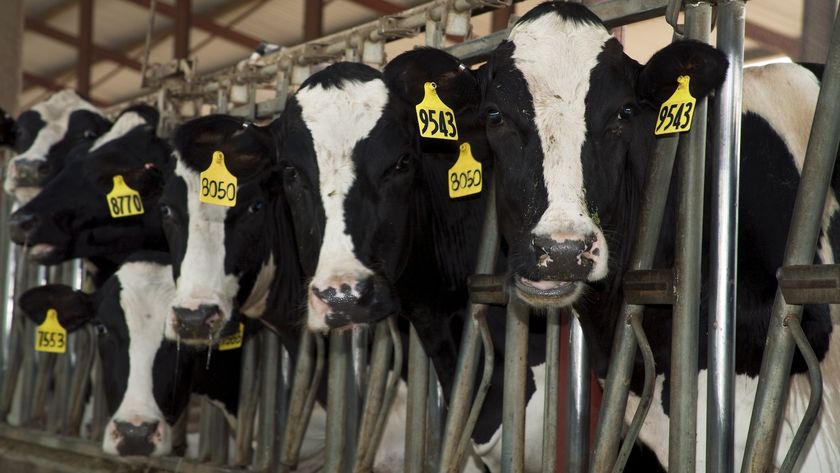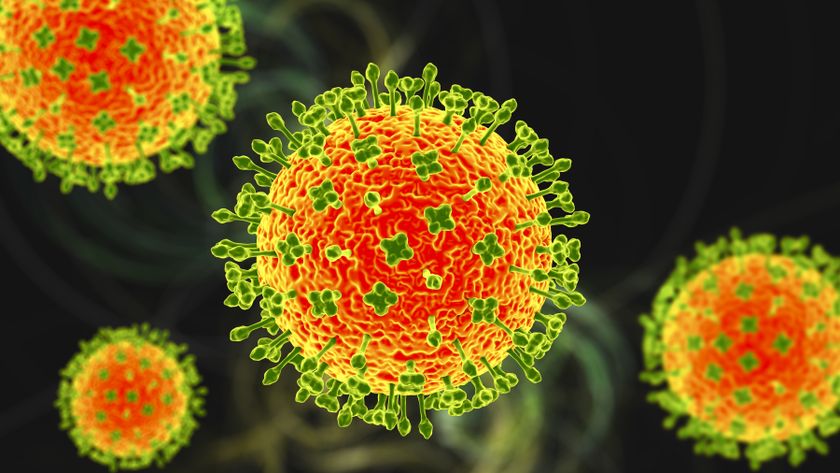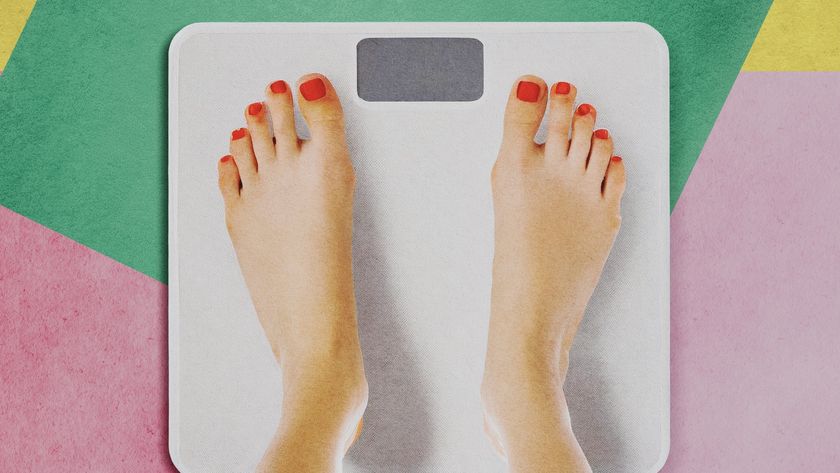HPV Rate in Teen Girls Drops More Than 60 Percent

The prevalence of human papillomavirus (HPV) infections among teenage girls in the United States has dropped by more than 60 percent since the vaccine against the cancer-causing virus was introduced a decade ago, according to a new study.
The researchers found that, within six years of the vaccine's introduction in 2006, the prevalence of HPV among girls ages 14 to 19 decreased by 64 percent.
And, among women ages 20 to 24, the prevalence decreased by 34 percent over that same time period, the researchers found.
The new results suggest that the HPV vaccine "is a very effective vaccine," said lead study author Dr. Lauri E. Markowitz, a researcher at the Centers for Disease Control and Prevention (CDC).
HPV infections are the most common sexually transmitted infections in the United States, according to the CDC. In most cases, the virus goes away on its own, but in people with persistent infections, the virus can cause genital warts, or some types of cancer, including cancers of the cervix, penis, anus and oral cavity.
In the study, the researchers pulled data from the CDC's National Health and Nutrition Examination Survey, which is a yearly survey of people in the U.S. that involves both interviews and physical exams. The researchers looked at data on the percentage of teenage girls and young women who were infected with HPV between 2003 and 2006 — shortly before the vaccine was introduced in 2006 — and then again between 2009 and 2012 — several years after it was introduced.
Among girls ages 14 to 19, the researchers found, 11.5 percent were infected with HPV before the vaccine was introduced in 2006. That percentage dropped to 4.3 percent for the years between 2009 and 2012, the researchers found. [5 Dangerous Vaccine Myths]
Sign up for the Live Science daily newsletter now
Get the world’s most fascinating discoveries delivered straight to your inbox.
Among women ages 20 to 24, the prevalence dropped from 18.5 percent before the vaccine was introduced to 12.1 percent in the years after it was introduced.
Three types of HPV vaccine have been available since the introduction of the vaccine in 2006, and clinical trials have shown that all three work well for preventing HPV infections, the researchers said. One of the vaccines, the bivalent one, targets two strains of the HPV virus. Another vaccine, called quadrivalent, targets four strains. The newest vaccine, 9-valent HPV vaccine, which was licensed in 2014, targets the same four strains of the virus as the quadrivalent vaccine plus an additional five HPV strains.
However, during the the years covered in the study, and until 2014, nearly everyone who received an HPV vaccination in the United States was given the quadrivalent vaccine, the researchers said.
The new results are in line with previous research conducted by the CDC that also showed that the prevalence of HPV infections among 14- to 19-year-old girls had decreased after the introduction of the vaccine, the researchers said. Now, the new study adds the first evidence that also shows the impact of the vaccine on the prevalence of HPV in women in their 20s, they said.
The CDC currently recommends the HPV vaccine for girls and boys at 11 or 12 years of age, administered in three doses over six months.
Although the new results are encouraging, the number of young people who have received the vaccine has increased more slowly than the researchers had expected, the researchers said. According to separate data gathered by the CDC in recent years, only 42 percent of girls and 22 percent of boys ages 13 to 17 have received all three recommended doses of the vaccine.
The new study was published today (Feb. 22) in the journal Pediatrics.
Follow Agata Blaszczak-Boxe on Twitter. Follow Live Science @livescience, Facebook & Google+. Originally published on Live Science.

2nd form of bird flu detected in US cows

New 'Camp Hill' virus discovered in Alabama is relative of deadly Nipah — the 1st of its kind in the US

